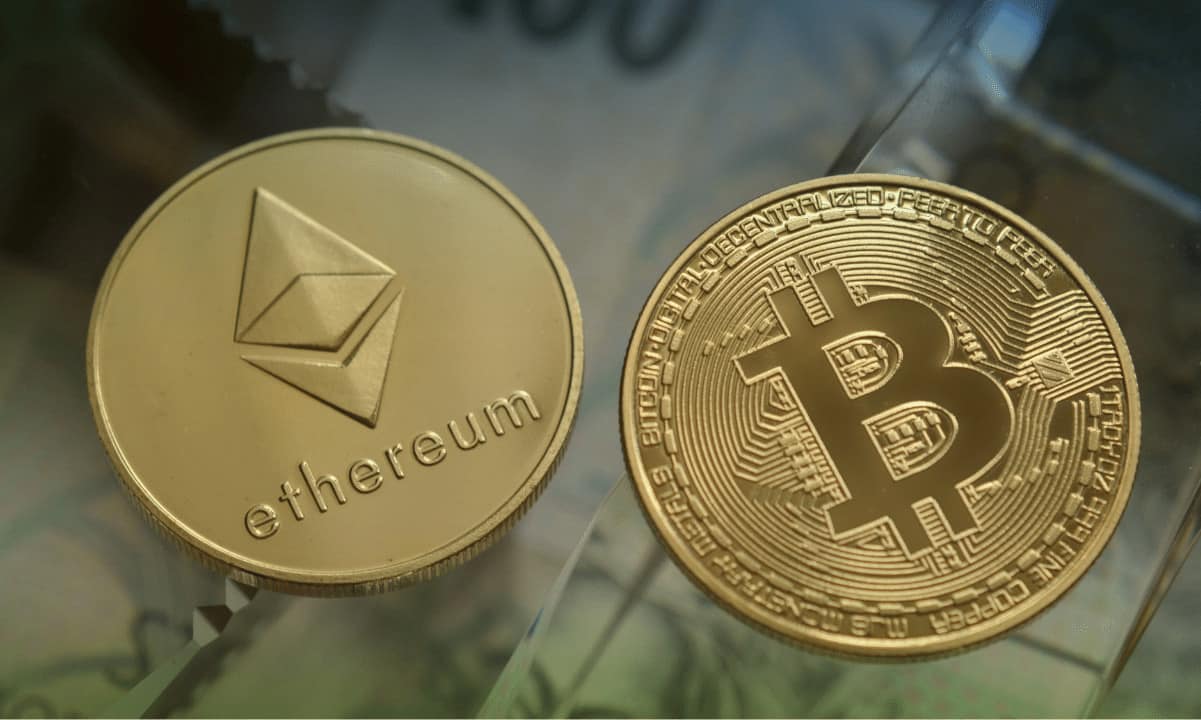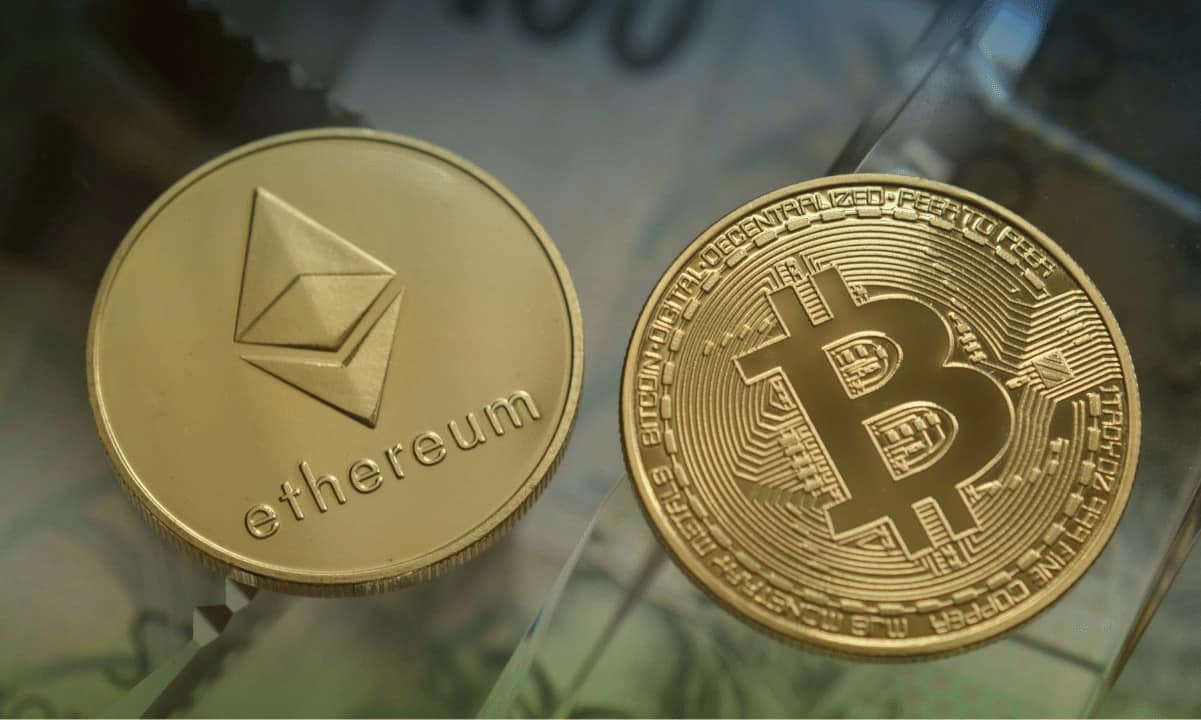Bitcoin, Ethereum Fee Frenzy Strikes Again Amidst Increased Calls for Scalability Solutions

[ad_1]
Amidst broader market recovery, Ethereum gas fees have surged yet again as a result of increased demand for blockspace. Bitcoin users experienced a similar ordeal, with average transaction fees spiking to levels not seen since May.
While the latest fee frenzy comes in the wake of rising optimism in the market, it also highlighted the need for scalability solutions such as layer 2s and rollups.
Bitcoin, Ethereum Fees Spike
Data compiled by Dune Analytics shows that Ethereum gas fees briefly touched 270 Gwei late on November 9th, reaching a level not seen since June 2022. This resulted in trading swap costs to shoot to around $60 to $100 for a few hours.
The latest spike comes as the largest altcoin soared to a seven-month high after Blackrock confirmed plans for a spot Ethereum exchange-traded fund (ETF).
bull market gas is back pic.twitter.com/qRaEacu7V9
— Nansen 🧭 (@nansen_ai) November 9, 2023
Meanwhile, average Bitcoin fees spiked to $15.86 on the same day. According to Bitinfocharts, the figure was a six-month high. Several users took to X (formerly Twitter) to report that fees were around $10 for high-priority transactions. While this is relatively low, the average Bitcoin transaction cost has been below $4 since May, as per that data.
Heightened exchange activity and the execution of financial transactions are further complicated by an increase in Ordinal inscriptions. Despite serving as a final resort for block space, these inscriptions add to the expanding backlog and the intensifying fee market.
Meanwhile, Bitcoin transaction fees continued to hover around the recently established high, and the cost of Ether transfers has come down to nearly 30 Gwei at the time of writing. However, the rising interest and demand prompted calls for cheaper alternatives.
Bitcoin Layer 2s
Bitcoin Layer 2s are designed to enhance the scalability of the Bitcoin network by processing transactions off the main blockchain protocols. These are built on top of the base layer to address and provide additional functionalities to Bitcoin by ramping up programmability, privacy, or unlocking new utilities.
Lightning Network, Rootstock, Stacks, Liquid Network, and rollups (both validity and sovereign) are some of the major Bitcoin layer 2 solutions. But Stacks co-creator Muneeb Ali believes that Bitcoin layer 2s have a long way to go compared with layer 1s like Solana.
While discussing the need for Bitcoin layer 2s, Ali tweeted,
“Today’s market reality is that alt L1s (Ethereum, Solana, etc) are better developed and more mature than Bitcoin L2s. They give users and developers a better experience and tools. It’s OK to admit that market reality and then work towards improving the state of things in the Bitcoin L2 ecosystem.”
Binance Free $100 (Exclusive): Use this link to register and receive $100 free and 10% off fees on Binance Futures first month (terms).
[ad_2]
Source link

